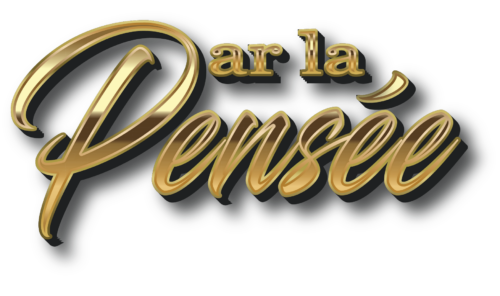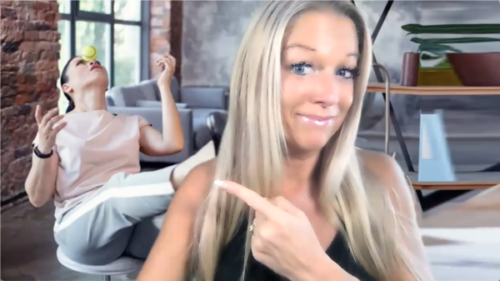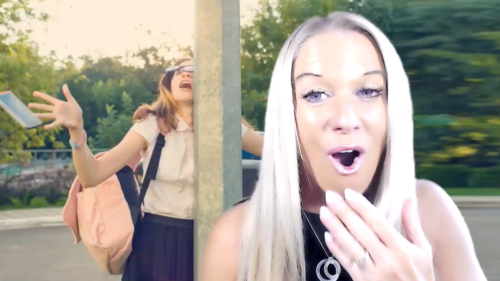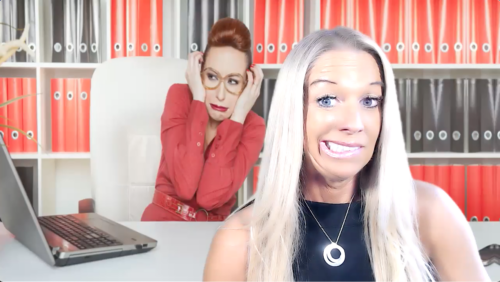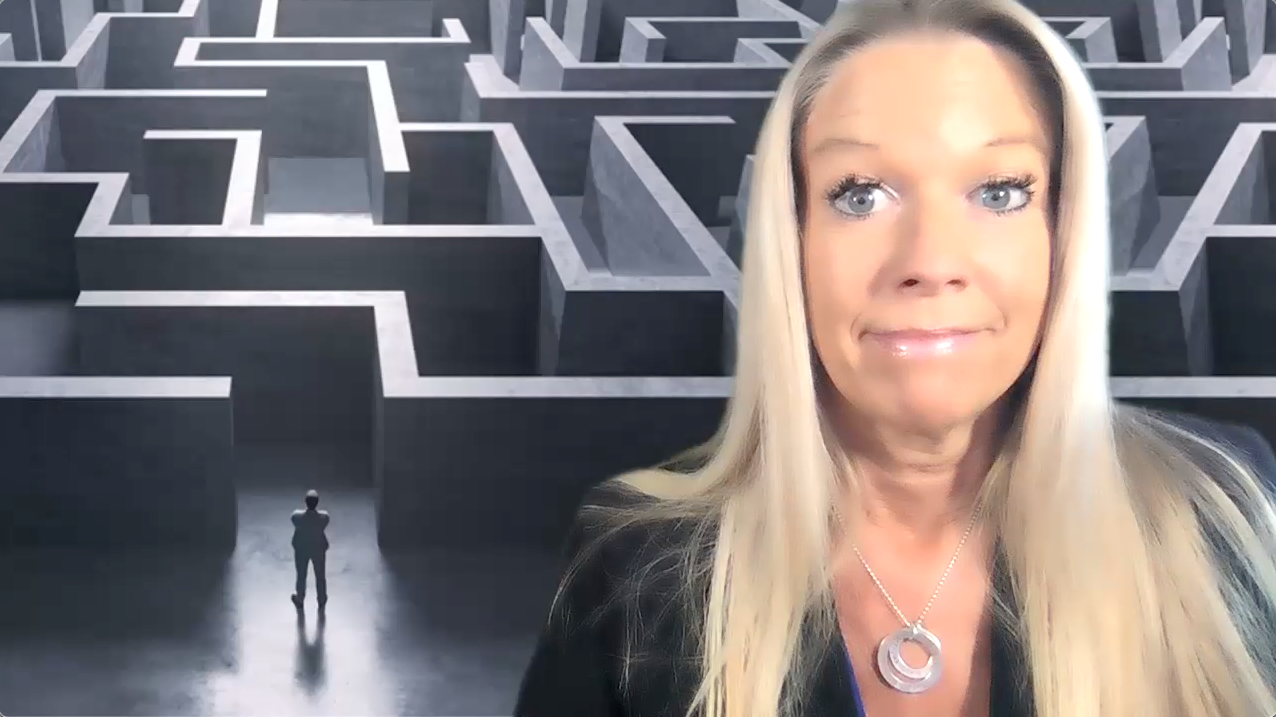Last week was the beginning of a new series, the Procrastination Series. We have previously identified 5 different types of procrastination. You can catch up HERE if you'd like to see if you can locate which one you're most guilty of doing. While there are probably many more, the types that I mentioned are not necessarily scientific. They are the types that I identified as, I think, being the most frequent. The science that I'm bringing into this is about the executive brain functions that are associated with the type of procrastination that we do.
As we move on with the series, each episode will be dedicated to one of the types of procrastination we went over last week. Today, let's talk about the first type of procrastination: The Fun Procrastination. Watch the video or keep on reading.
Which one are you going to choose? Exciting or boring? Of course, we're not going to choose boring. If you are given the choice, you're always going to choose the thing that is exciting instead of choosing the one that is boring. Duh!
The problem is sometimes, the task that is presented to us is boring, but we still have to do it. And you know what happens then? We procrastinate. Fun elements and tasks on our to-do lists will more likely be the ones that we choose to do first, and the ones that are boring are the ones that we're not going to want to do.
This may hit close to home. If it does, read on for some helpful tips.
First, let's talk about executive brain functions. There are many of them. They monitor our behaviors. Your brain orders you to do something. Whatever you do, your brain gave the order. Even if you just wiggle your toes, your brain gave you that order. Whatever it is that you want, your executive brain functions may control your behavior. If you're hungry, it might make you grab something to eat, for example.

In this case, I found that the Attentional Control function was very much connected with the fun procrastination type.

The Attentional Control function chooses what you pay attention to and what you ignore. In layman's terms, it's your ability to concentrate.
Whenever you get a lot of different stimuli, you tend to make a choice. So, your ability to pay attention to something and your ability to ignore other things is a brain function that is connected to this type of procrastination.
How do we get better at Attentional Control so that we can decide to work on a task that will help us reach our goal?

1. Understanding Why
The first solution that I have for you is understanding WHY it's on your list in the first place. Is this something that will help you get to something fun in the end? Because remember: There's boring and there's exciting, but maybe, in order to get to the exciting, you have to get the boring part done with. Knowing why you are doing what you're doing and in what capacity this task will help you achieve your goal is going to help you lessen the procrastination so that you get more into action, and you start doing that boring task because you understand why you have to do it. You will choose to dedicate your attention to this boring task, because you know that in the end, it's going to lead to something exciting.
Understanding WHY may lead to two different things: Firstly, there are a lot of tasks on our to-do list. After asking WHY, we realize that they shouldn't be done in first place. Make every task re-audition for your time. Maybe they don’t have to be done after all.
Secondly, asking yourself why you're doing a task may lead to realizing that it is connected to something a lot bigger and more important than the task itself. Your WHY could be because you love your family and you're willing to do some tasks that you're not really excited about, just because you want to bring bread to the table, right? And that's a strong WHY, because loving your family will give you the energy to be willing to do whatever it takes – i.e. make you direct your attention to the task – so that you can make a good living for the greater good of your family.

2. Celebrating
The second solution is setting up a time for celebration. Reward yourself with something exciting. For example, if you think: "I'd really rather be with my friends right now", then set up a time with your friends later on and tell yourself: "I'm going to focus on my task and I'm not allowing myself to do the fun part until I've completed this boring task." That might help you direct your attention towards the task to complete.

3. Managing Your Emotions
The third and last solution is managing your emotions. Very often, the reason why we choose to pay more attention to something that is exciting instead of something that is boring is because the thing that is boring is not necessarily just boring. It's frightening, it's scary. It causes anxiety. We will be seeing a lot more about this in the third type of procrastination, when we go over it in a couple of weeks in PART FOUR, so I'm not going to go too much into this today, but I will say this: Just to try to understand: "Why am I not choosing to pay attention to this task?" The Attentional Control function happens in the prefrontal cortex, in the front part area of your brain, exactly where your emotions are. So very often, emotions will get in the way, because the decision is made in the same area of your brain. Try to ask yourself: "Are there any emotions that are influencing my choice right now? Can I take a deep breath and put this emotion aside so that I can make the right choice for myself?"
So, that was the third solution: understand that your emotion may be in the way of you completing the task ahead.

To summarize:
1. Manage your emotions.
2. Give yourself a reward or know that you will be celebrating after you've done that task.
3. Know why you are doing it.
Next week, we will be going over the second type of procrastination and will be coming up with solutions to help you get rid of The Distraction Procrastination. See you there!
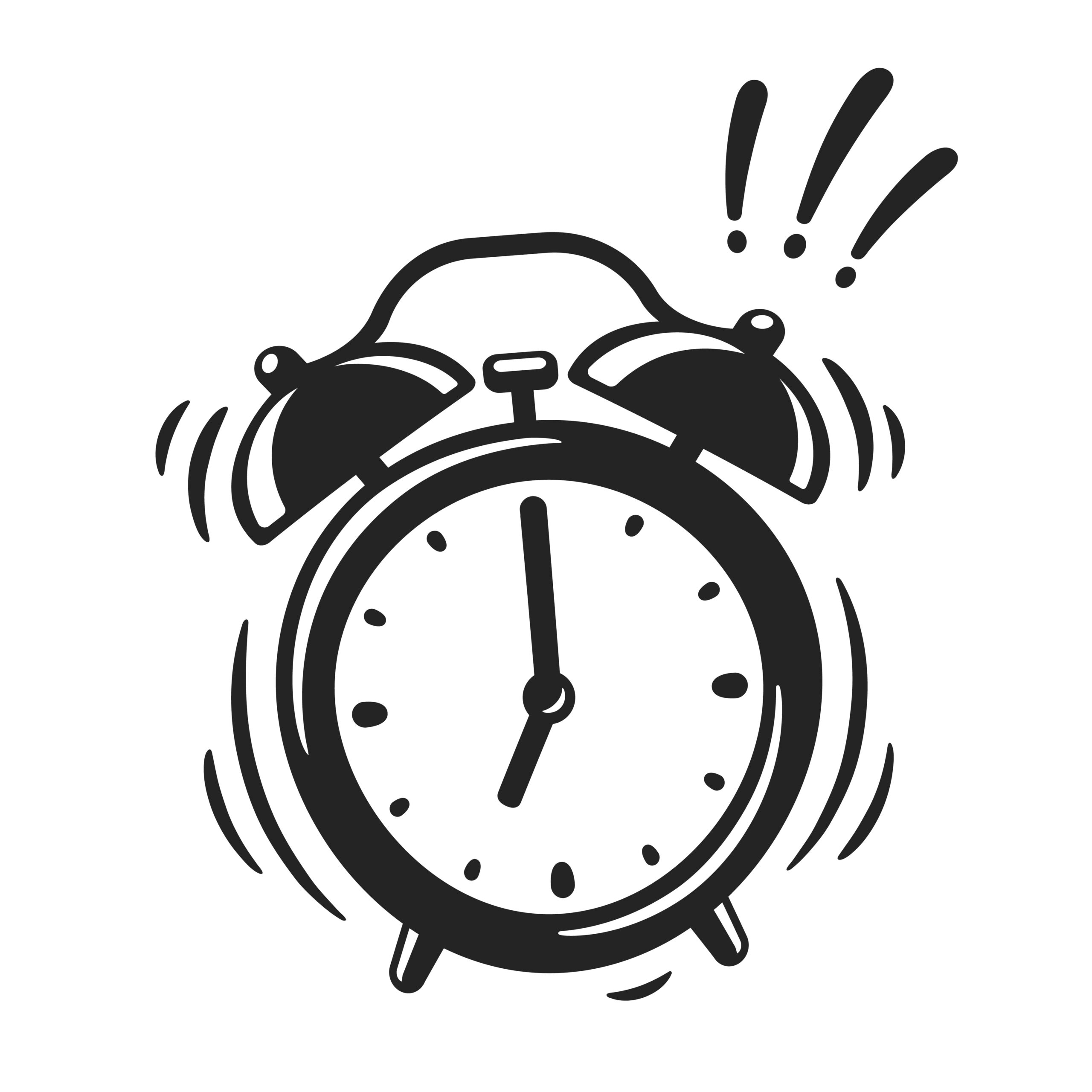
ARE YOU STUCK IN A PROCRASTINATION PATTERN?
I can more likely start the process of getting you unstuck with a free 15 minute virtual coffee. That's what I do: I help my clients, with my special tools, get rid of all the unwanted patterns, of their old limiting beliefs and of their negative self-talk.
Want more? Check out the other parts...

